In this post, we uncover facts about some of the most popular Ireland & UK hiking trails.
If I were to say Ireland, Scotland or England to you, you might have a picture of these places in your head.
Ireland: Green, cliffs and leprechauns.
Scotland: Wild, rugged and men in kilts.
England: Open countryside, quaint hamlets and history.
But what about getting into the nitty gritty of those countries? There’s no better way to do this than hiking. So here is our list of little-known facts about some of the most popular Ireland & UK hiking trails.
Dingle Way
Inch Strand is actually a 5km-long beach on the Dingle Way. The dunes on this beach hide shipwrecks and ancient stone-age settlements.
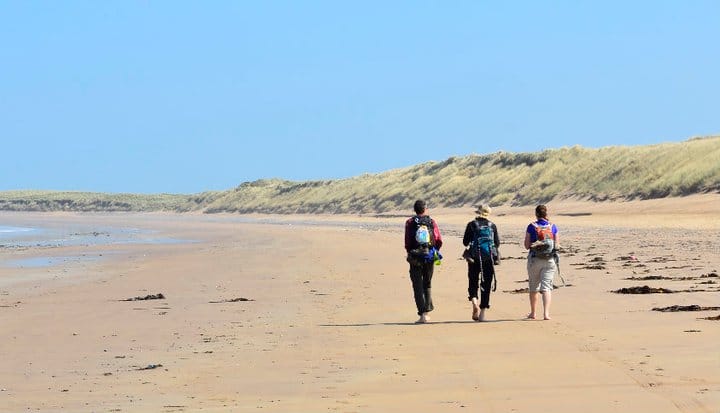
Beara Way
The population of Bere Island on the Beara Way is 210 people. A census shows a population of 2,122 in the years before the Great Famine.
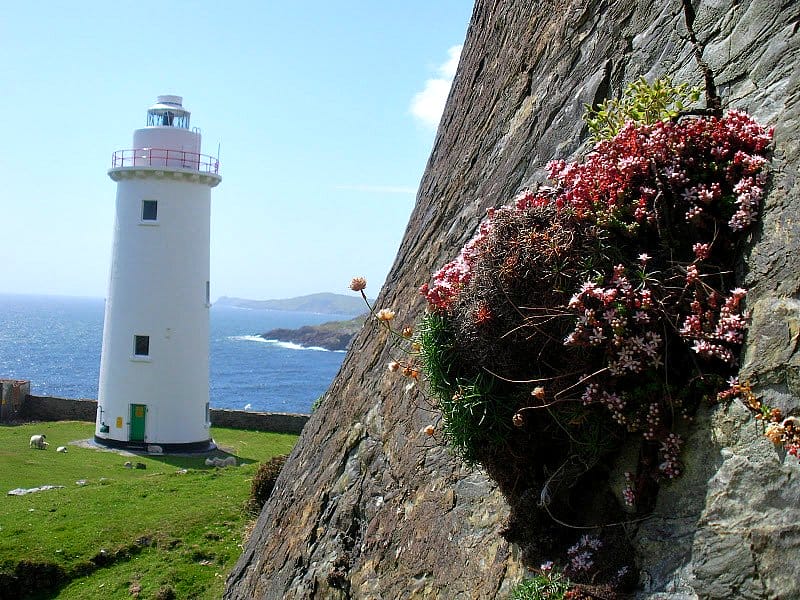
Wicklow Way
In the 6th Century, Saint Kevin sought solitude and contemplation in the tranquil valley of Glendalough. His followers built a monastery there which became on of the most important centres of monastic learning in Europe.
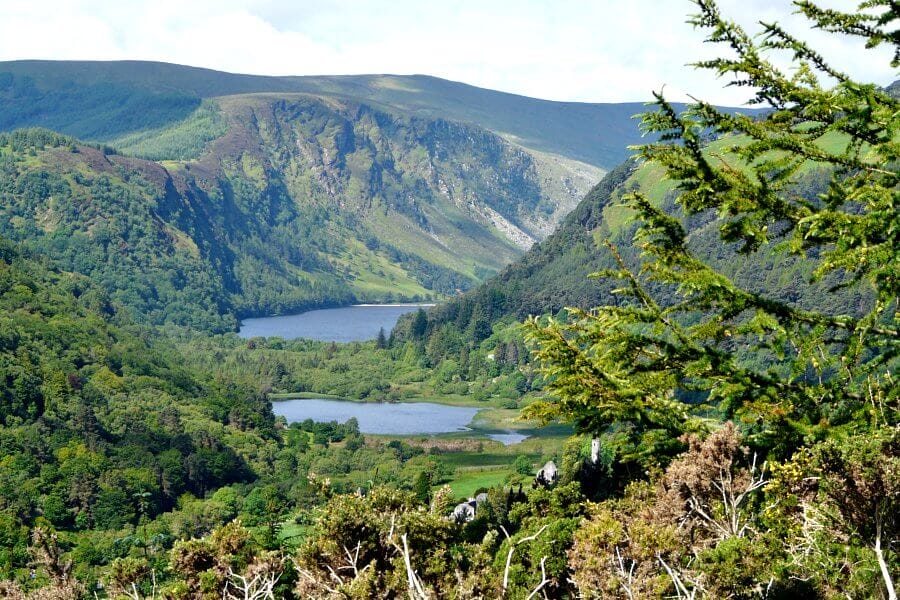
Kerry Way
Look out for the MacGillycuddy’s Reeks when you’re on this trail, although they’re not hard to miss.
They are Ireland’s highest mountain range, containing 9 of Ireland’s 10 highest mountains. Carrantouhill, Ireland’s highest mountain, is nestled in this mountain range.
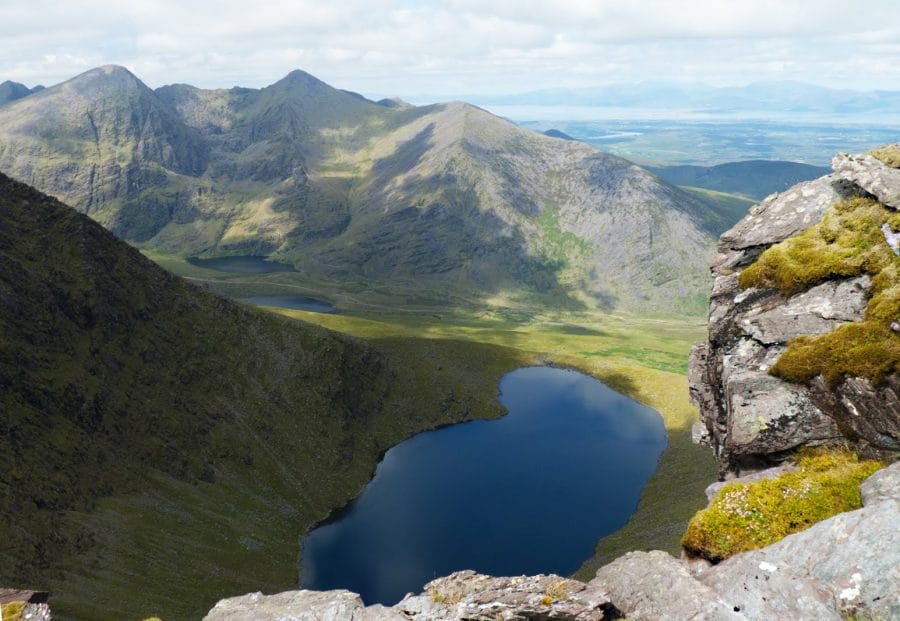
Connemara & the West of Ireland
Dun Aengus is on the island of Inis Mor (Inishmore) on the Aran Islands. It has been described as ‘the most impressive barbaric monument in Europe’.
It was presumably built in an oval shape, however eroded cliffs mean that much of that oval is now on the seabed.
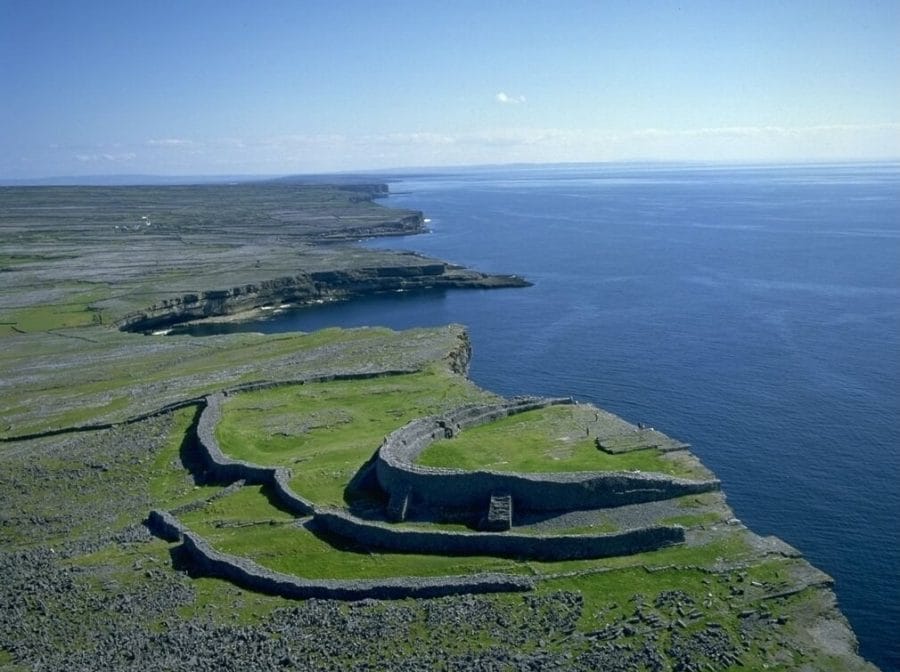
Antrim Glens and Coastline
Probably not a little-known fact, but many filming locations from the popular tv show, Game of Thrones, were filmed in the glens and along the coastline of Antrim.
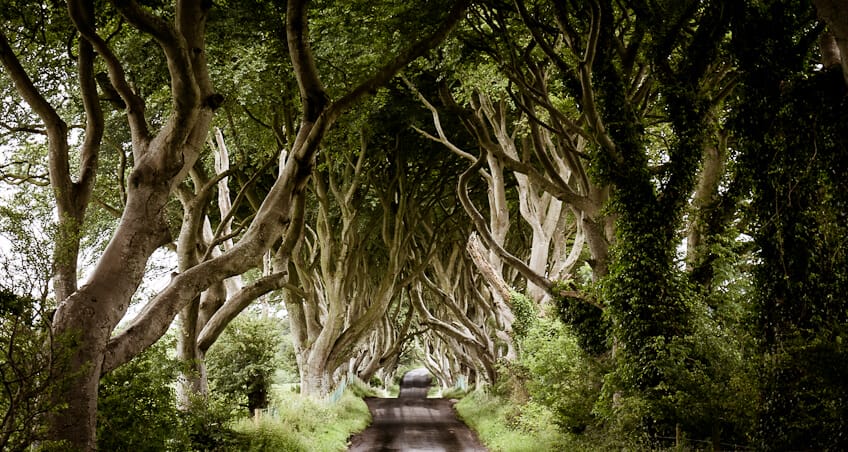
Sheep’s Head Way
The Sheep’s Head peninsula has been recognised as a European Destination of Excellence. This award was to recognize the peninsula’s excellence in the development of sustainable tourism.
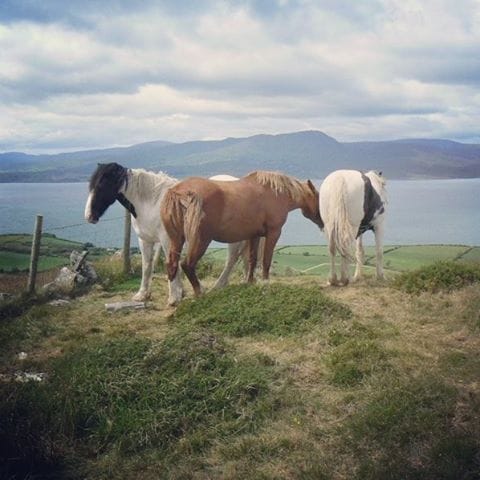
Burren Way
The Cliffs of Moher are Ireland’s most visited Tourist attraction, with one million visitors each year. Given that the entire population of Ireland is just 4.5 million, that number is quite impressive.
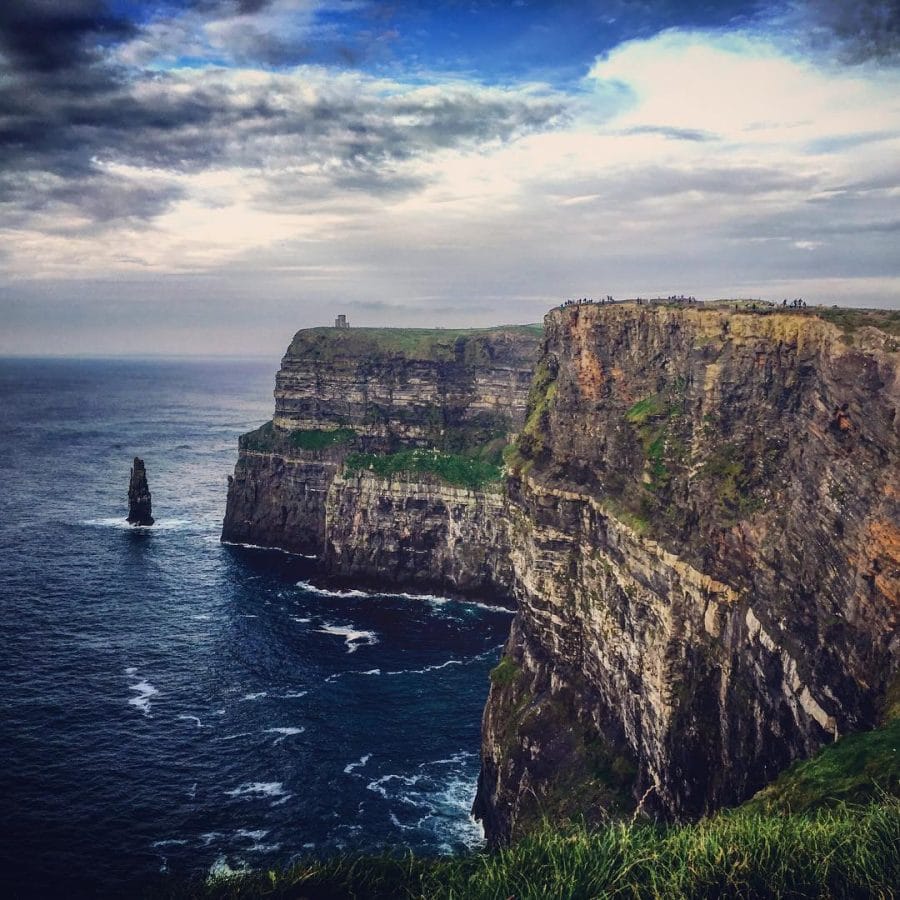
West Highland Way
The Clachann Inn claims to be the oldest pub in Scotland, having been licensed since 1734.
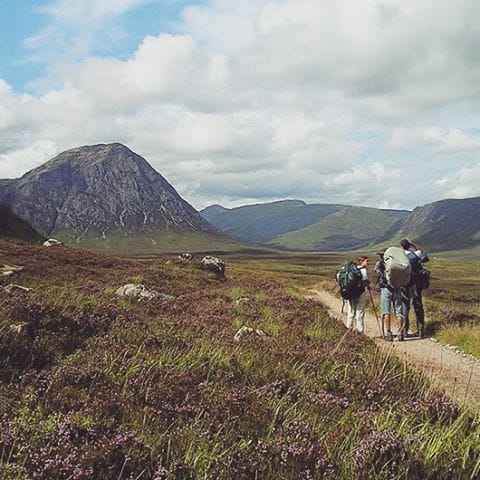
Great Glen Way
The Great Glen Way takes in Loch Ness, so you might be lucky (or unlucky) enough to catch a glimpse of Nessie.

Rob Roy Way
The Rob Roy Way takes its name from Rob Roy MacGregor, a scottish folk hero who had quite an interesting life, to say the least.
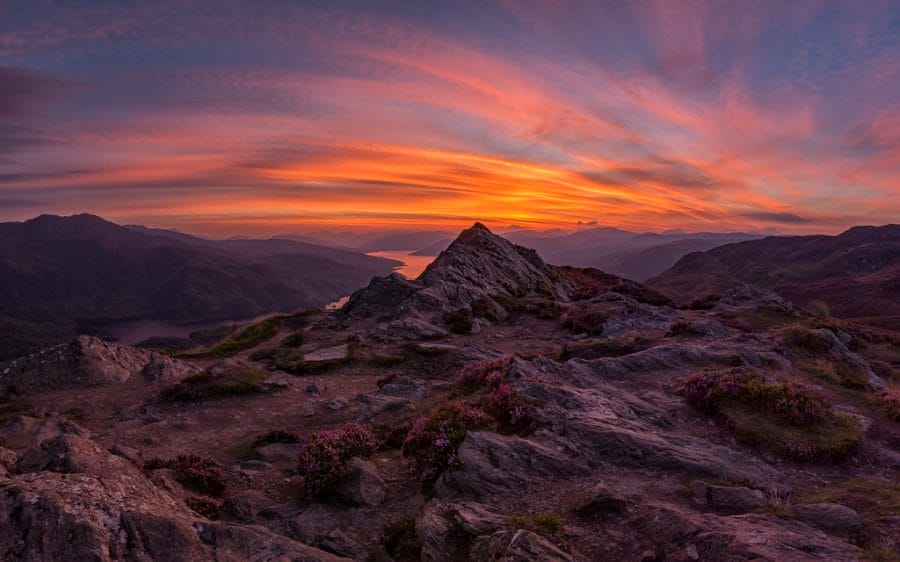
Speyside Way Whisky Trail
The Speyside Way is primarily known as the route from Buckie to Aviemore but there are a number of possible add-on sections including the Dufftown Loop, Tomintoul Spur and Newtonmore extension.
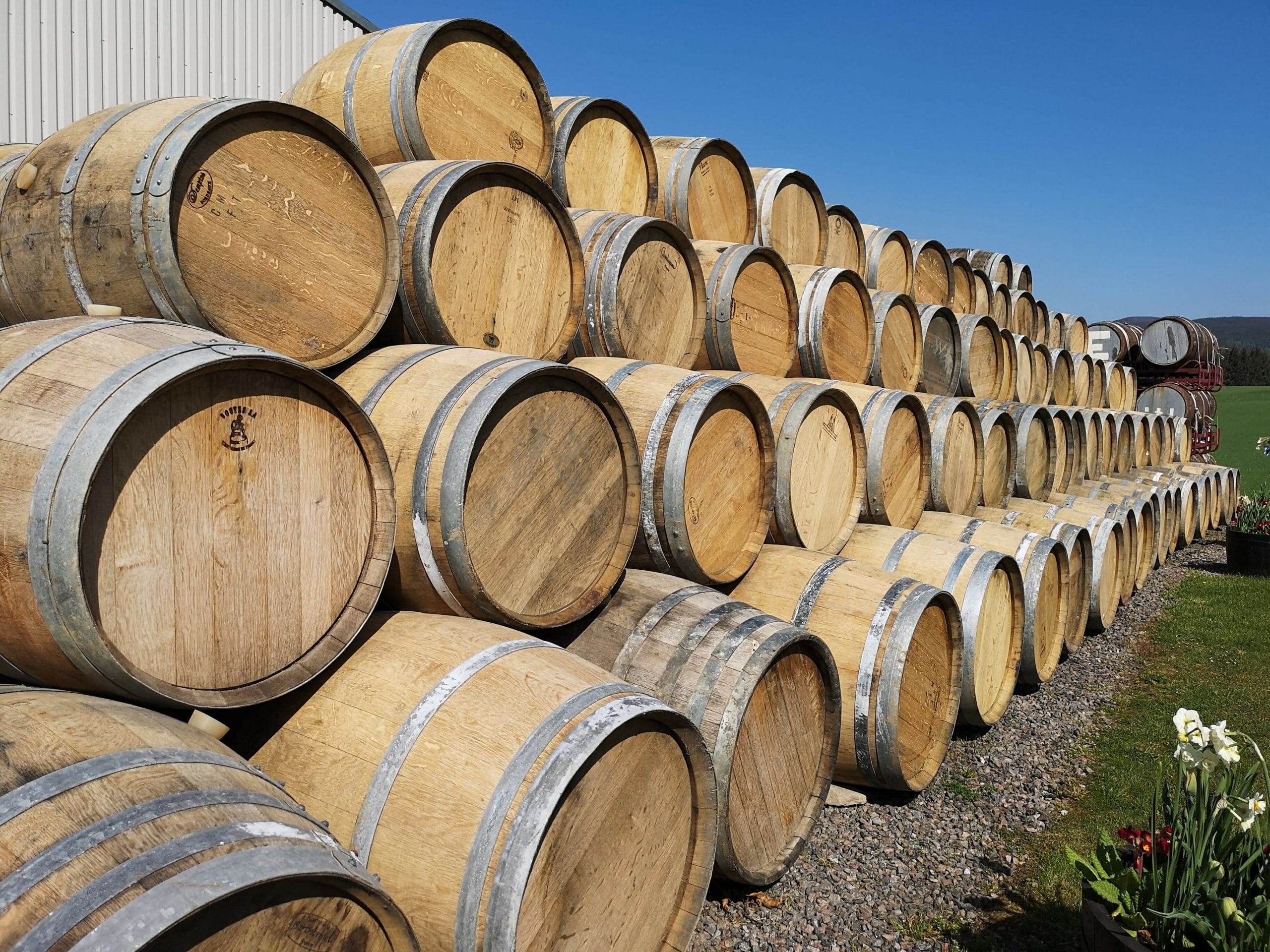
Fife Coastal Path
This beautiful coastal trail is a relatively new one having been created in 2002 and originally called the East Fife Coastal Path. It originally ran from North Queensferry to Tayport and this “bridge-to-bridge” route is still the most poplar to walk.
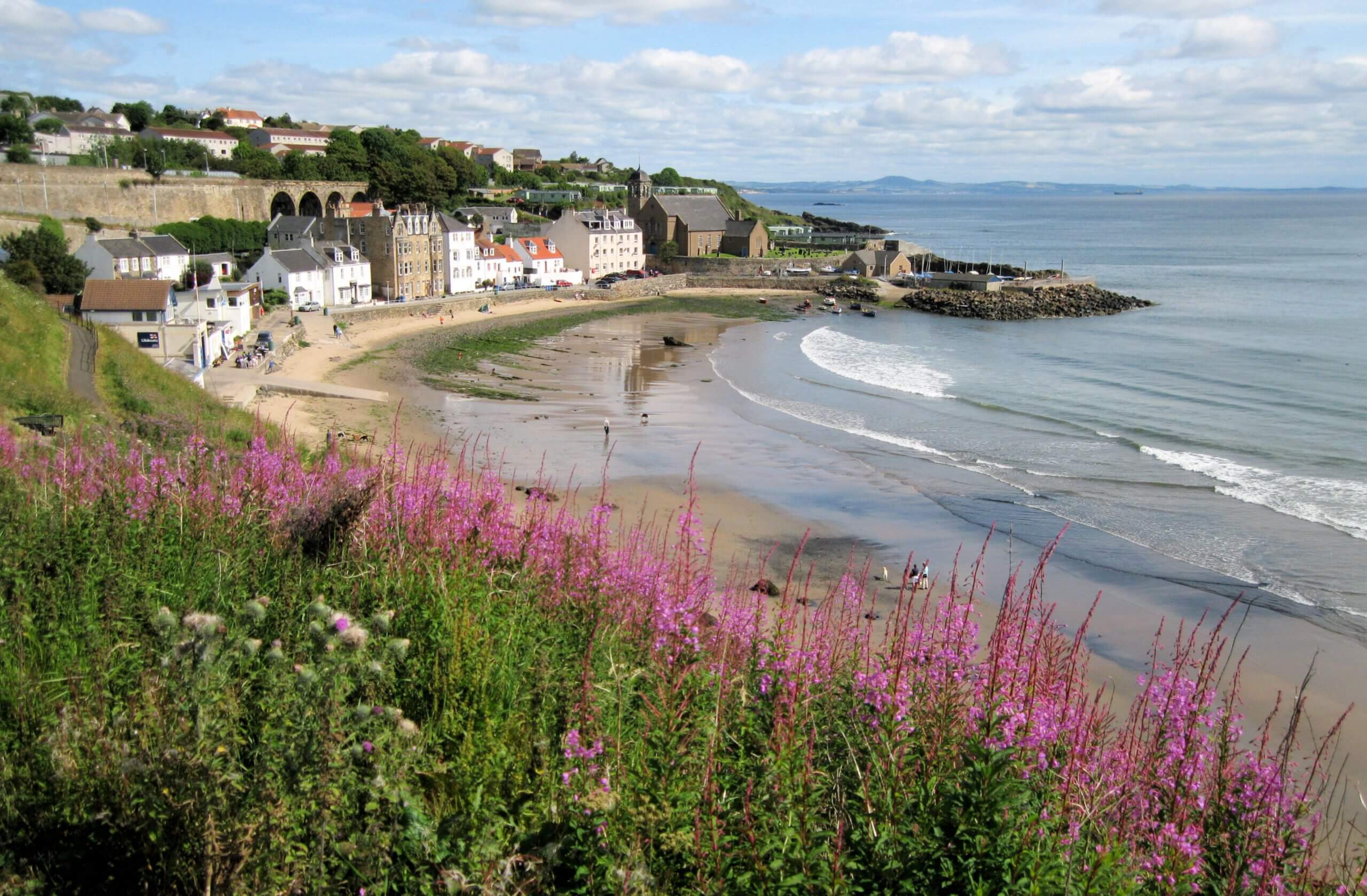
South West Coast Path
The record for completing the 1,014km (630 mile) South West Coast Path is currently held by ultra-runner Kristian Morgan who set a time of 10 days, 12 hours and 6 minutes in 2020.
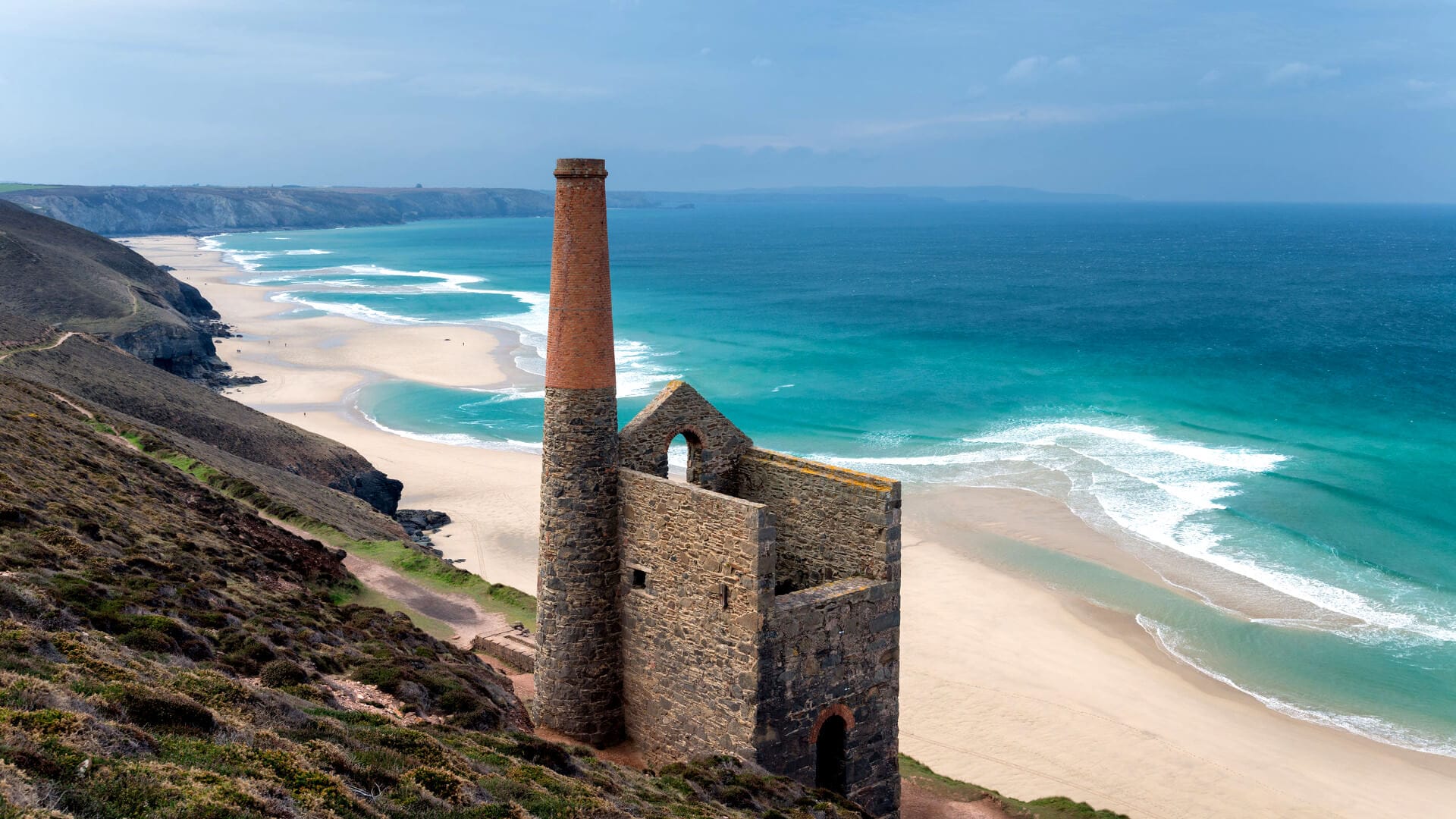
Cotswold Way
The unique honey-coloured buildings found along the Cotswold Way are as a result of the mellow locally quarried variety of limestone known as Cotswold Stone.

South Downs Way
The Seven Sisters cliffs found at the end of the South Downs Way are often used as filming locations for the White Cliffs of Dover as they have been allowed to erode naturally and therefore have kept their bright white colour whereas the Cliffs of Dover have been protected due to the nearby port and thus now have more vegetation growth covering them.
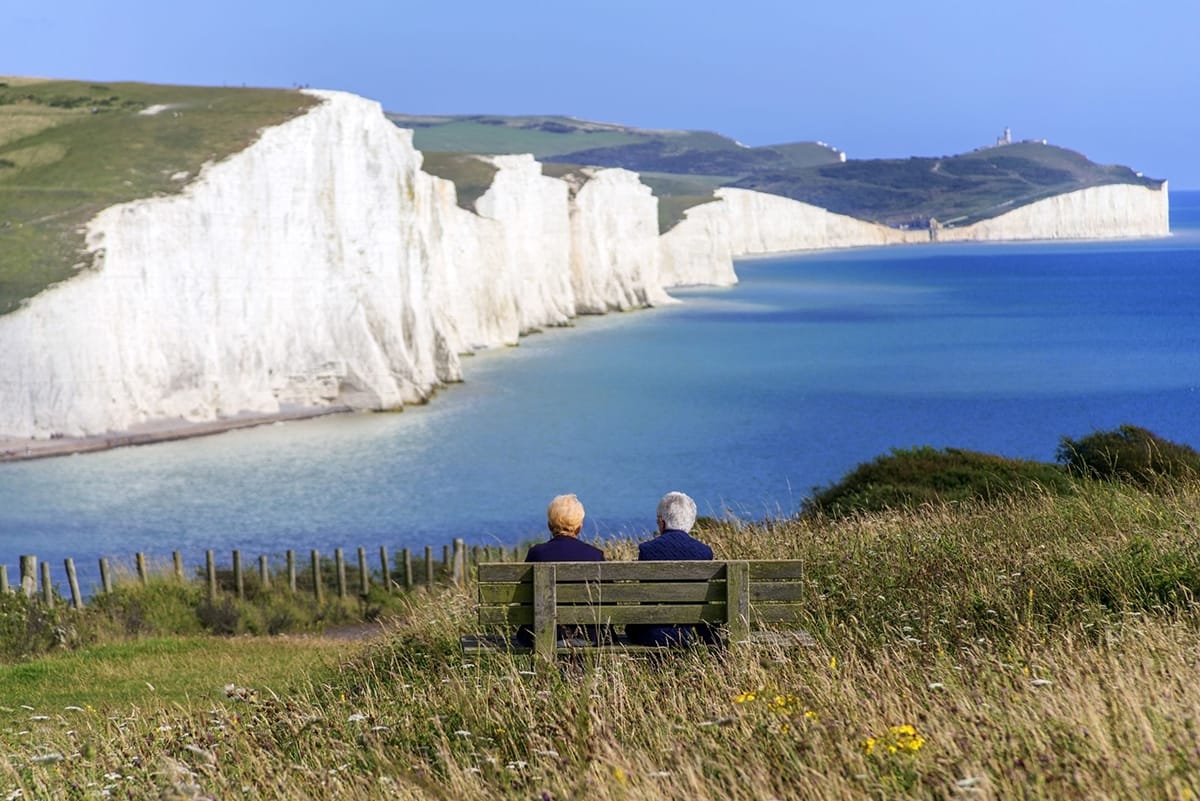
Hadrian’s Wall Path
Hadrian’s Wall was abandoned just a couple of decades after construction was completed and replaced by a wall even further north – the Antonine Wall. This wall was subsequently abandoned and replaced by Hadrian’s Wall for its purpose.
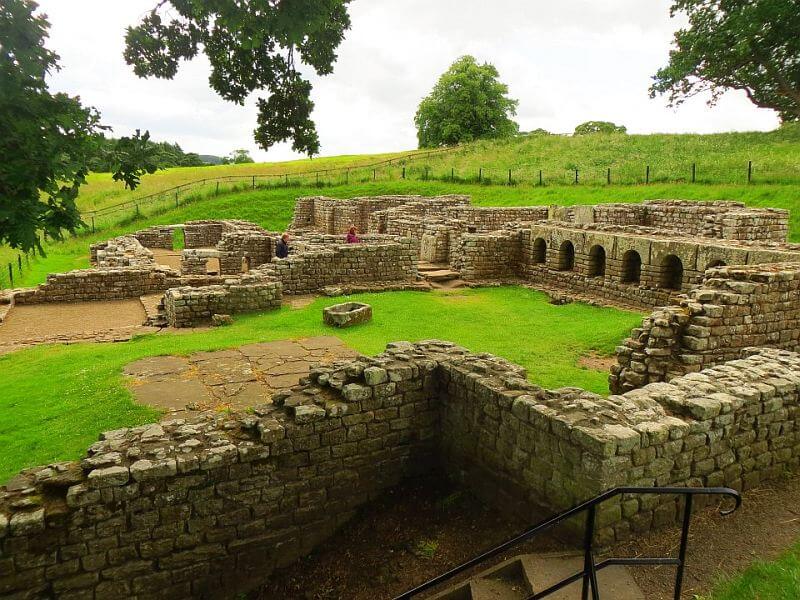
We hope that you enjoyed this guide to little-known facts about popular Ireland & UK hiking trails. If you’d like more information on our range of self-guided hiking tours on these routes, just let us know.


